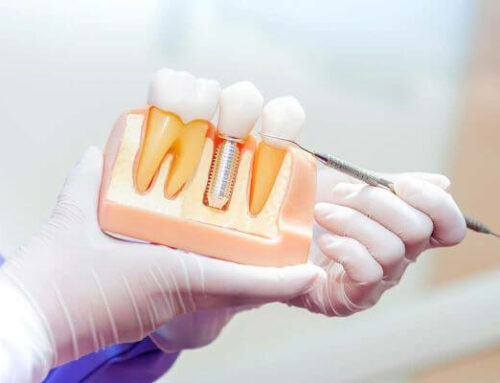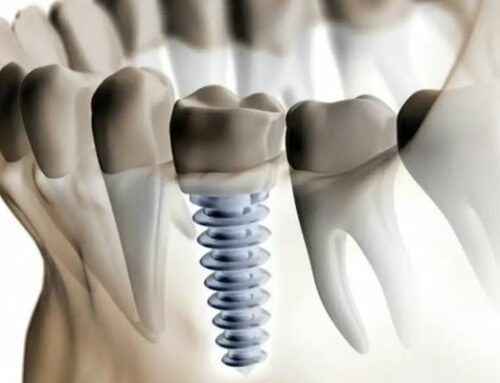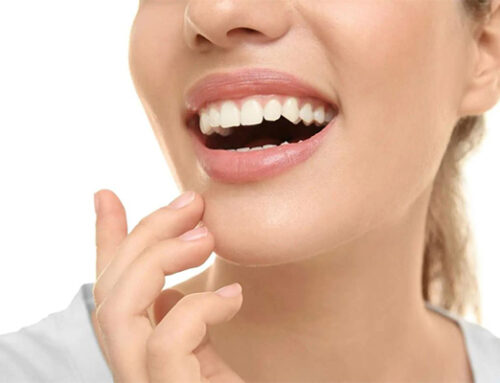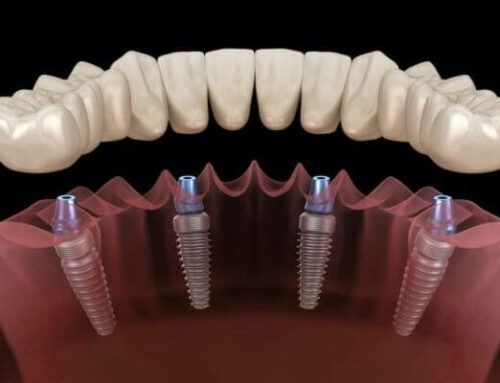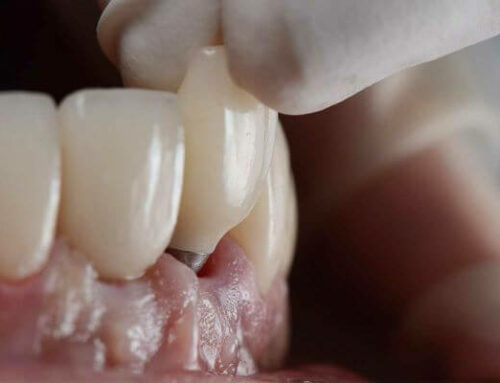We will walk you through every type of dental crown available in our guide to dental crowns. From all-ceramic crowns to the state-of-the-art E-MAX, to the oldest metal crowns, there are many options. Depending on your priorities, you can choose the best type based on cost, strength, aesthetics, and features. If you are currently considering which tiara to choose, this article contains all the relevant information you may need.
1. What are the different types of crowns?
Choosing the correct type of dental crown is not always easy as they are so popular and come in many different types. With your doctor’s help and advice, you can choose the best type of crown for you. However, before going to the dentist, it is a good idea to learn about the different types of crowns, their functions, and their pros and cons.
We explain each type in detail in the next section. But for those of you who don’t have the time or energy to understand all these details, let’s take a quick look.
| type | strength | aesthetics | cost |
| All-ceramic (all-ceramic crown) | Moderate | High | High |
| Porcelain Fused Metal | High | Moderate | Moderate |
| Zirconia | Moderate | High | Moderate |
| E-MAX | Middle and low grade | Highest | too expensive |
| all iron | upper middle | lowest | Moderate |
| composite resin | Middle and low grade | Moderate | Moderate |
1) All porcelain: can give you a glass smile
As porcelain is a specific type of ceramic, the two names are interchangeable. They can make all the difference in your smile. The following are the key features of all-ceramic (all-ceramic) crowns:
- Strength: If you are looking for the strongest crown material, porcelain is not that material, although its strength is evident. If it is used on the counter teeth, in the case of grinding, there may be more wear.
- Aesthetics: Most all-ceramic crowns are made of porcelain. Today, all-ceramic crowns are one of the most popular types, especially among patients who are aesthetically conscious and are looking for something that will make their front teeth look beautiful and natural.
- Function: All-ceramic crowns are very suitable for restoring the structure of damaged teeth. Especially in the case of root canal treatment, with porcelain crowns, it is easier to reconstruct the lost structure of the tooth. In cases of malformed and broken teeth, porcelain crowns can transform teeth instantly. Porcelain is highly resistant to temperature changes. This reduces the possibility of further temperature sensitivity.
However, whether to choose an all-ceramic crown depends on your situation and, of course, your doctor’s advice. The fact that they are made entirely of porcelain brings some advantages and disadvantages:
Advantages of ceramic crowns:
- They are durable (can last up to 15-20 years with proper dental care)
- they are dirt resistant
- they look natural
- They are biocompatible, i.e. there is no need to worry about allergies
- Better fit than other materials like metal
- They are low maintenance, i.e. Dentist visits are less frequent
Disadvantages of ceramic crowns
- price can be slightly higher
- Sensitivity may increase due to major changes in teeth
- They can crack if you eat too many hard foods
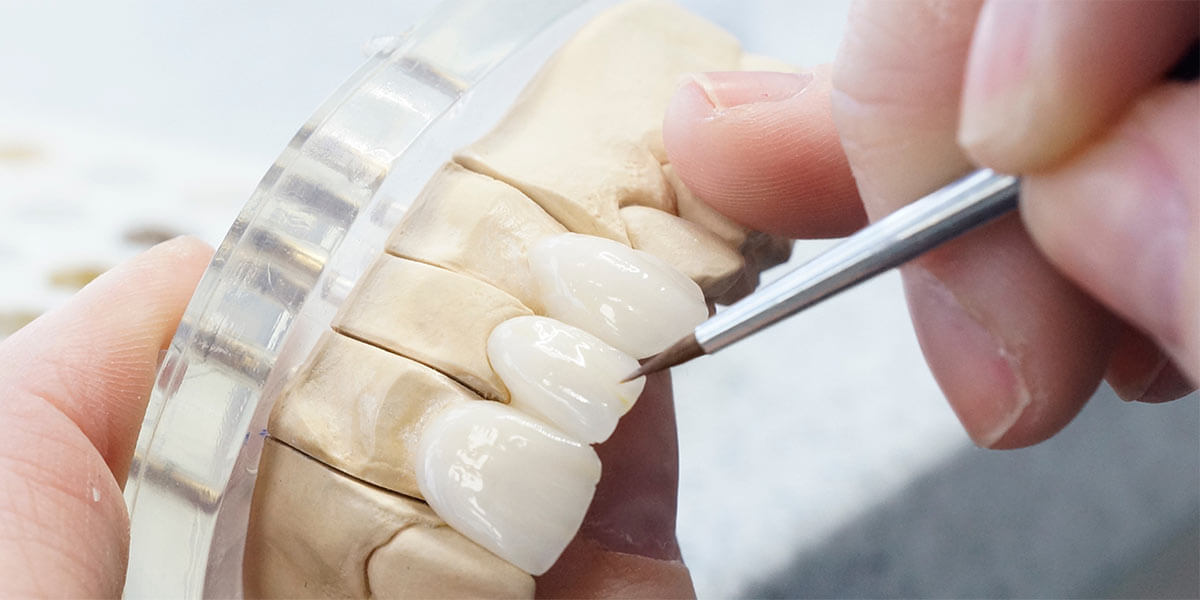
2) Porcelain Fused Metal: The best of both worlds, sort of
Porcelain fused metal is a great choice if you’re looking for a crown that combines beauty and strength. The metal gives the crown its durability, while the porcelain gives the exterior a glass-like finish.
- Strength: The two main materials of this crown, porcelain, and metal, are fairly strong at withstanding wear and tear over time. Best of all, they are more affordable than all-ceramic crowns.
- Aesthetics: This type of crown combines the best of two worlds: ceramic and metal. The metal underneath gives it unrivaled strength, while the porcelain completes the look.
- Function: Originally created in the late 1950s, ceramic-fused-to-metal crowns were first known for their superior aesthetics. They are also known for the strength of their metal alloys over time. So now they are also used as dental bridges in case someone is missing teeth.
However, we do not recommend PFM if you are overly sensitive about the appearance of your teeth. There is a metal part at the base of the crown, which can cause a gray line at the gum line despite the porcelain exterior.
Advantages of porcelain metal crowns:
- They are good alternatives to all-ceramic and zirconia.
- cost-effective
- They are strong due to the use of metal.
- they are dirt resistant
Disadvantages of porcelain metal crowns:
- They are not as sustainable as all porcelain.
- Not very aesthetically pleasing due to the gray lines showing on the gums.
- invasive surgery
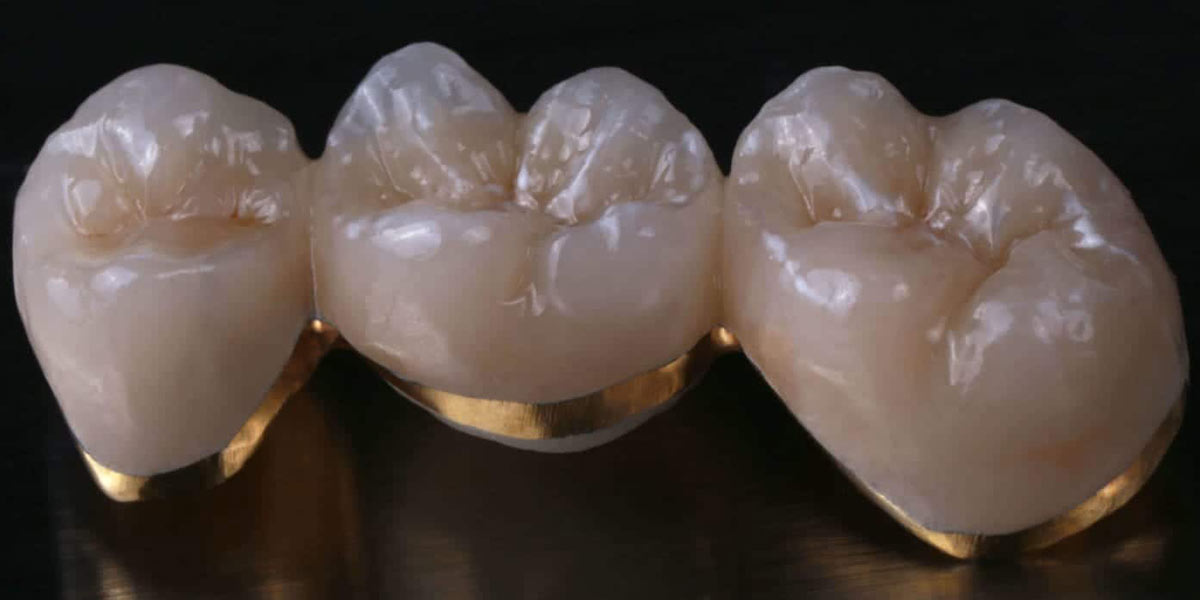
3) Zirconia: the beauty
Zirconia crowns have grown in popularity over the past two decades. They became popular in the 2000s when “CAD/CAM was introduced into the dental laboratory process,” Dental Today reported. Since then, they have been considered a more affordable but more effective alternative to expensive golden crowns.
- Strength: According to several studies, the strength of zirconia crowns is 900-1200 MPa, and the fracture resistance is 9-10 mPa. This level of strength makes the zirconia crown stronger and lasts 25-30 years with good oral hygiene.
- Aesthetics: Traditional zirconia crowns have an opaque appearance and look unnatural. They are mostly considered better for the back teeth as they provide more strength than aesthetic value.
- Function: With these crowns, you don’t have to remove much tooth structure to place them. As a result of their exceptional strength, they function more effectively on the back teeth.
Advantages of Zirconia Crowns:
- Strongest Crown
- highly seismic
- Dirty resistant
- Heat resistant
- Biocompatibility
- easy to modify
- placement on the day
Disadvantages of zirconia crowns:
- Less likely to blend with your real teeth due to its opaque appearance
- Due to its extraordinary strength, can wear down the enamel of the surrounding teeth
- high price
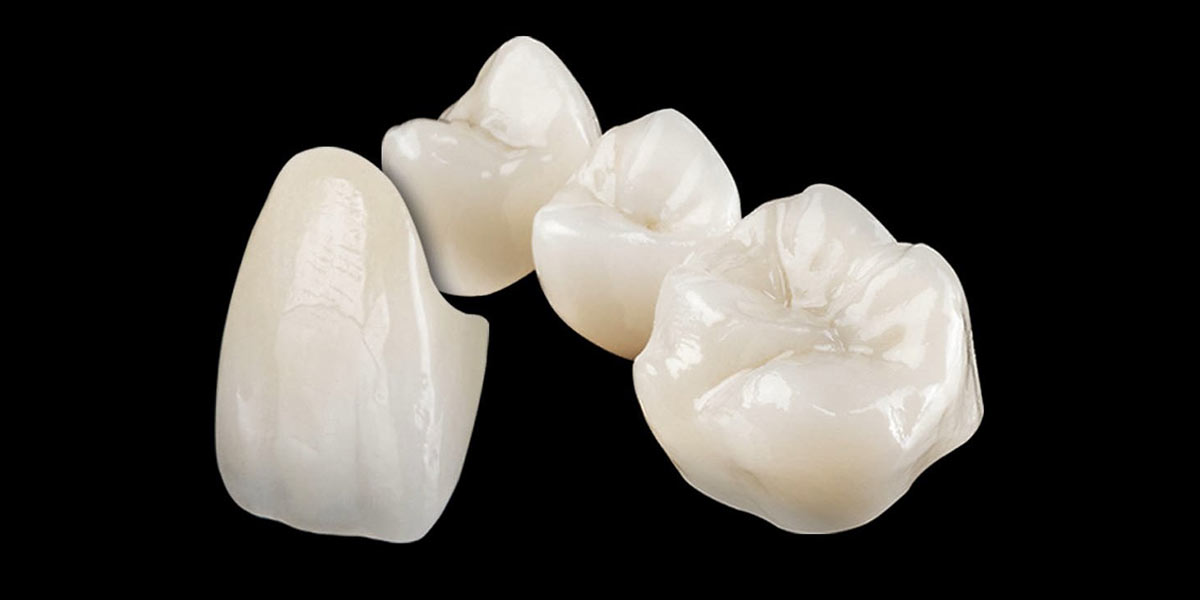
4) Metal Crown: Strength trumps all
Despite modern dental restorations, metal crowns are still readily available. Palladium, gold, silver, nickel, and chromium crowns are available.
- Strength: Despite being traditional crowns, these crowns provide maximum protection for damaged teeth. They have breaking strength and are highly resistant to chipping or breaking. With a proper oral care routine, they can easily last for at least 15 years.
- Aesthetics: While they offer maximum protection to the teeth, they look artificial and are immediately visible. So if you’re looking for a crown that improves your smile, this might not be the right choice. However, if you care about your dental health, these crowns can meet your needs.
- Function: Due to the high breaking strength, metal crowns can protect and restore the health of teeth. Because of their artificial appearance, they tend to fit better on the back teeth than on the front teeth.
Advantages of metal crowns:
- Stronger than other crown materials
- Work better for people with bruxism
- They last at least 10 to 15 years or more if proper dental hygiene is maintained
- In cases of severe damage, they restore the health of the tooth
- They are economical in terms of price
Disadvantages of metal crowns:
- they look artificial
- They increase dental erosion of surrounding teeth due to a strong bite
- regular dental care
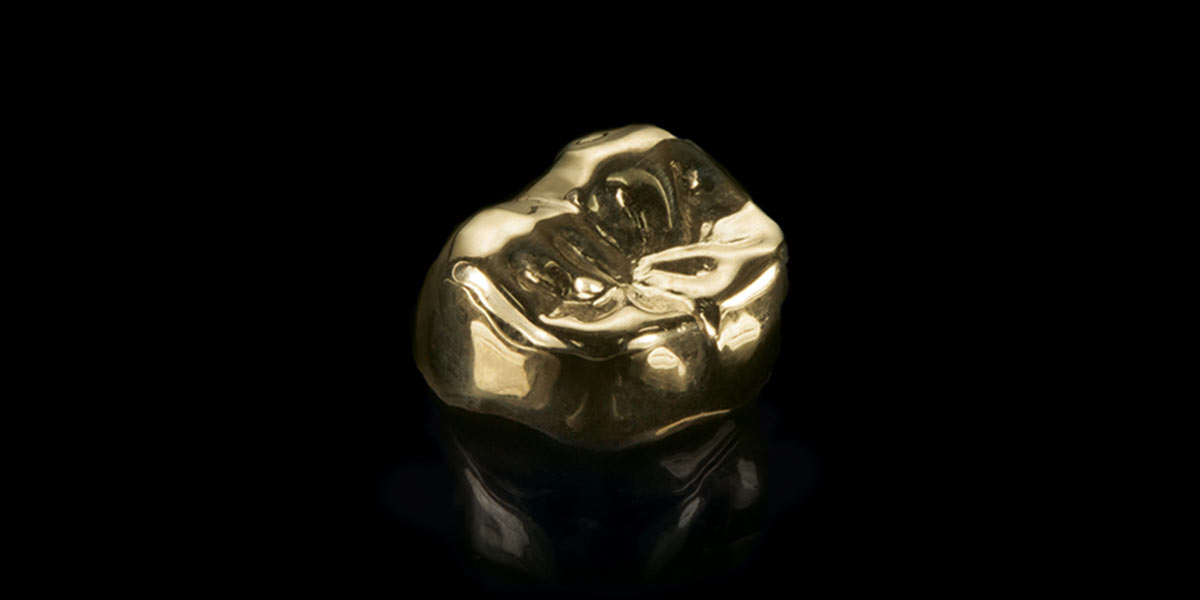
5) E-max crowns: say yes to the perfect smile
As one of the latest inventions in dental crowns, E-max dental crowns are rapidly gaining popularity in the dental industry. They are now considered one of the most reliable CAD/CAM (digital design) crown materials.
- Strength: E-max crowns are made of lithium disilicate, a glass ceramic that is molded into esthetic crowns. According to a study, E-max crowns provide a breaking strength of 500-530 when cemented. They can be an excellent alternative to PFM crowns due to their adequate strength, high aesthetics, and same-day implantation.
- Esthetics: E-max crowns are distinguished by their esthetic qualities such as translucency. They are made of all glass ceramic which gives them a refined and natural look. Overall, you can expect them to blend in with your real teeth.
- Functionality: Since E-max crowns are created by CAD/CAM technology, they are more accurate in shape/size. That’s why they not only look good but also protect teeth from further damage. In terms of positioning, they are more suitable for anterior teeth because of their superior esthetics.
Advantages of E-max crowns:
- excellent aesthetics
- placement on the day
- accuracy of design
- good breaking strength
- Dirty resistant
- natural appearance
- minimal tooth changes
Disadvantages of E-max crowns:
- easy to break
- high cost
- not suitable for back teeth

6) Composite Crowns: The Best Temporary Restoration for Restoring a Smile
Ready-to-use as temporary crowns, composite crowns are much more common than you might think. Their crown surgery is much faster than other crowns, which is why people choose them for different reasons.
- Strength: The majority of composite crowns are made from resin materials, which are inexpensive and require little preparation. They provide medium strength and should not last longer than 5 years. They tend to shed or stain faster than other materials.
- Aesthetics: Composite resins do not provide the most realistic results. However, they are customizable and easy to produce, so it is easy to achieve the desired result with the right dentist.
- Function: Resin is often used for temporary dental problems, but it can also be used as a permanent solution. They are mostly placed while the patient is waiting for the final crown to arrive. They are used as filling crowns to protect the tooth from any damage during this time. When they are placed permanently, dentists often use them to protect teeth after restorative dental procedures such as root canals.
Advantages of composite crowns
- low price
- convenient transportation
- single day program
- easy to modify or replace
- conservative surgery
Disadvantages of composite crowns
- not that strong
- They get dirty or chip easily
- Risk of mercury poisoning that can affect the lungs and kidneys
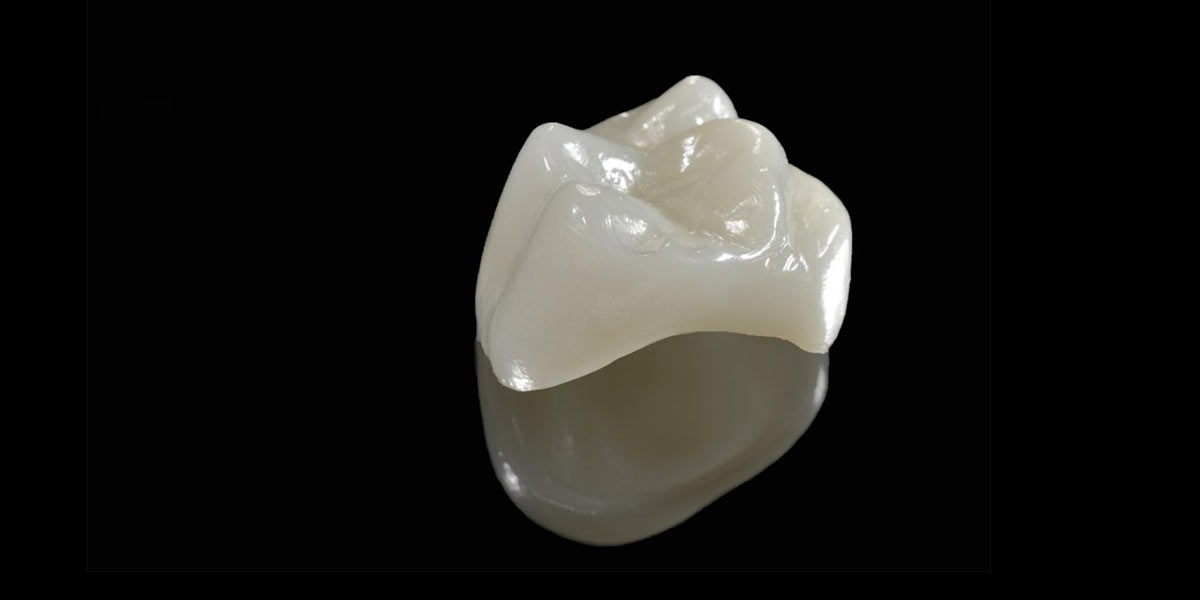
2. How long will the crown last?
The lifespan of a crown depends on the material you choose. Most crowns last about 15 to 20 years, including porcelain, metal, and zirconia. Other materials such as composite resins and acrylics do not last very long and are mainly used as temporary crowns. The table below explains how long each crown lasts and its pros and cons:
| Crown type | advantage | shortcoming | longevity | cost |
| All porcelain | natural appearance
Dirty resistant |
Intrusive
fragile |
15-20 years old | High |
| Porcelain Fused Metal | strong
Dirty resistant |
Intrusive
easy to distinguish |
10-15 years old | Moderate |
| Zirconia | highly seismic
easy to modify, Biocompatibility |
easy to distinguish
Enamel Erosion Risk |
over 20 years | Moderate |
| all iron | strongest material
Best if you are a teether |
Artificial appearance, risk of enamel erosion | 20 years | Moderate |
| Synthetic | best temporary crowns
apply today highly modifiable |
not a long-term solution
prone to chipping and cracking |
6 months to 1 year | cheap |
| E-max | excellent aesthetics
precise design natural appearance |
easy to break
high cost |
10-15 years old | The most expensive |
3. What is a temporary crown?
Crowns are not temporary and are expected to last 15 years. It is possible that your dentist will provide you with temporary crowns while the permanent crown is being prepared. A temporary crown is needed while you wait so you can eat without complications.
4. How to choose the right type of dental crown?
Depending on whether you need a crown for your dental health or aesthetic purposes, there are certain factors to keep in mind. For example, if you want a natural look, three main factors may influence this decision:
- cost
- strength
- durability
1) cost
Budgeting for your dental treatment is one of the most important aspects. Always keep cost in mind when choosing the right dental crown. Once you set a budget for yourself, you can narrow down your options.
2) Strength
The strength of the crown is also a key factor. Less strong crowns will not last as long and will chip and break. It is important to choose a crown that resists chipping and damage.
3) Durability
No one wants to go to the dentist again and again because of crown complications. It is therefore important to choose a crown that will last a long time. The price is a little higher, so it is better to choose a more durable one.
4) Why do some crowns look fake?
A common concern is why some crowns appear to be fake. Most dental crowns look fake due to poor quality and lack of technique. When crowns don’t reflect light and /or don’t match other teeth, they look fake.
Inexpensive, high-quality crowns made of acrylic often look fake and are easy to spot when a person is smiling. It is also important to choose a qualified dentist with modern facilities. Many times, poor technology is also accompanied by manufacturing errors. You should therefore do your research before getting a crown.
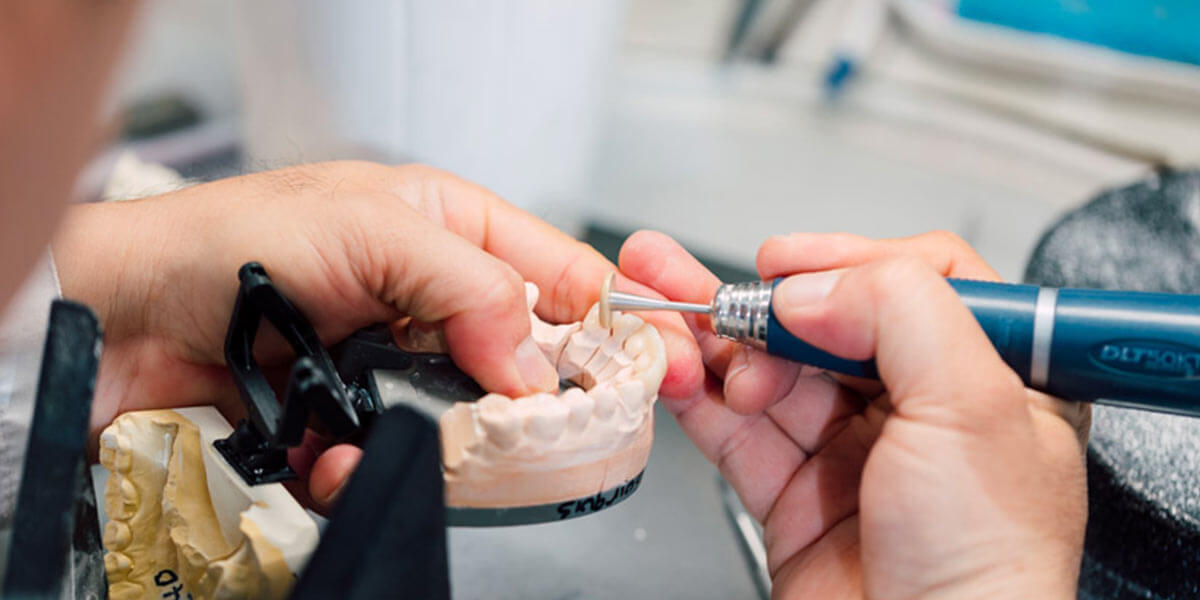
5. How to choose the ideal dental crown treatment plan?
Additionally, there are a few other points your dentist must consider when choosing the ideal treatment plan. For example, if you need good looks and a natural smile, your needs are different from those of someone else who needs fillings.
During this process, your dentist will consider various factors: When choosing a material for your crown, your dentist will consider the following factors:
- color of adjacent teeth
- where your teeth are
- Dental function (incisors, canines, premolars, molars)
- The proportion of Teeth When Smiling
- location of gum tissue
- how many natural teeth should be kept
What’s more, your dentist will listen to your preferences and then decide with you.
6. What should I tell my dentist before choosing a crown?
We hear this a lot! What should I tell my dentist before choosing a crown? Well, it’s not complicated, all you have to do is share your priorities with your dentist. It’s important to be consistent so that problems don’t arise later. First, you must determine with your dentist whether you need a crown for aesthetic reasons or for general oral health. Here are the top five factors to discuss with your dentist before choosing a crown:
- your current oral health
- what is your budget
- Which material is right for your oral health and budget
- your aesthetic needs (if any)
- If you have bruxism (permanent grinding of teeth)
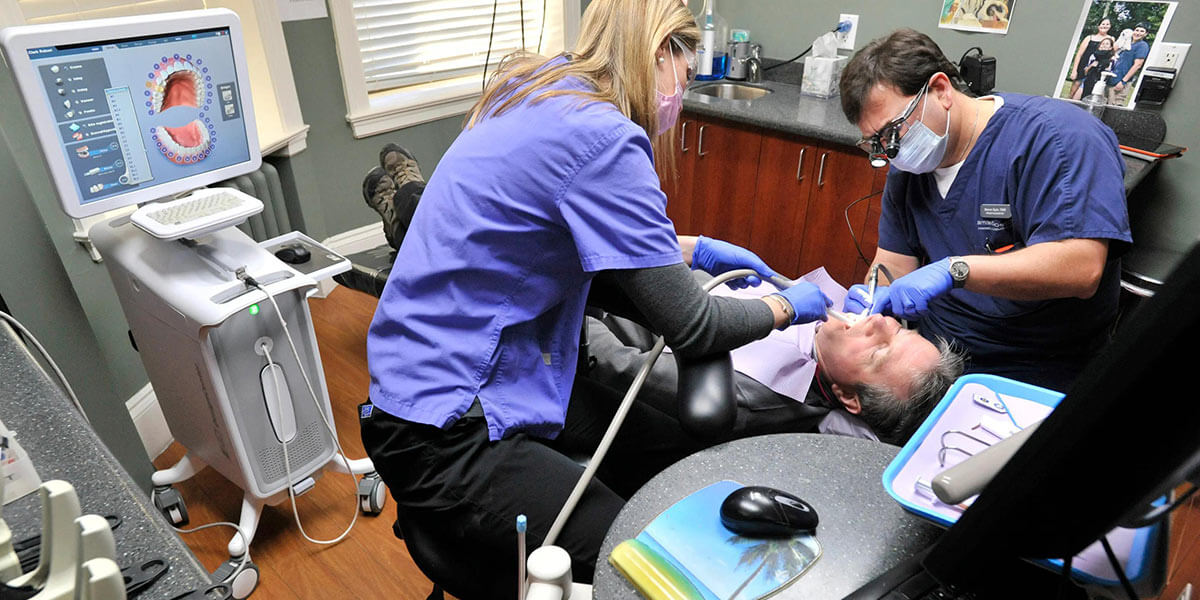
7. What are onlay crowns and 3/4 crowns?
A full crown is often required when the entire tooth has decayed and considerable crown removal is required to place the crown. In contrast, dental inlays are partial crowns that are required when tooth decay has affected a small portion of the tooth.
Likewise, a 3/4 crown also refers to a crown that is placed over 3/4 of the tooth. A dentist will usually perform a thorough examination of your molars and premolars to determine the size of the crown needed.
